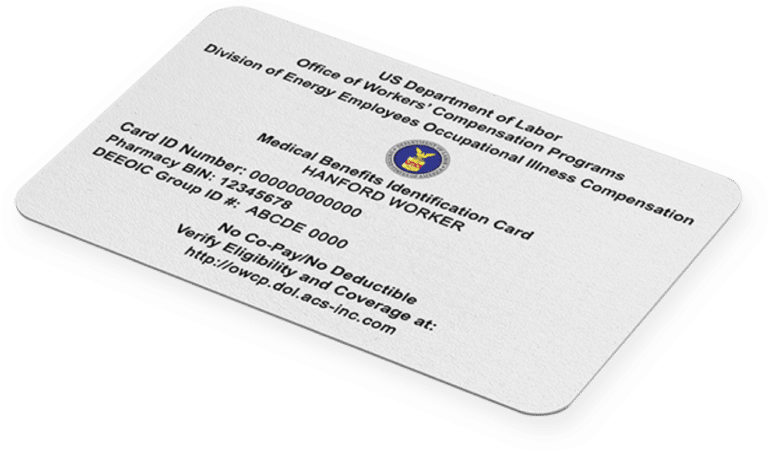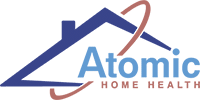Home > EEOICPA Case Management Richland, WA
EEOICPA Case Management
Richland, WA
The Energy Employees Occupational Illness Compensation Program Act (EEOICPA), which went into effect in July 2001, was established to provide monetary compensation and free health care benefits to nuclear weapons workers who become sick as a direct result of their workplace exposure. EEOICPA benefits are administered by the U.S. Department of Labor.
Employers, contractors, and subcontractors who were employed at any of the U.S. Department of Energy or Atomic Weapons Employer facilities are covered under this program as qualifying beneficiaries.
EEOICPA provides qualified ill workers with both free health care and monetary compensation.
How to Qualify
In order to qualify for EEOICPA benefits, you must have a diagnosed illness that happened as a direct result of workplace exposure to radiation or toxic substances from a qualifying U.S. Department of Energy facility. Employees, contractors, and subcontractors are all eligible for benefits. The diagnosis will determine whether someone files a Part B or Part E claim.
Diagnoses Eligible for Part B or Part E Benefits
Workers’ eligibility for Part B vs. Part E benefits is based upon their medical diagnosis and where they worked.
Part B Diagnosis
Workers diagnosed with chronic beryllium disease, beryllium sensitivity, silicosis or any type of cancer should file a claim for Part B benefits. Certain cancers designated as “special exposure cohort” (SEC) cancers receive automatic eligibility consideration under Part B.

Part E Diagnoses
Workers diagnosed with any other work-related illness not covered under Part B above should file a claim for Part E benefits.
Determining Workplace Exposure
The U.S. Department of Labor uses one of two methods to determine whether an illness happened as a result of workplace exposure. These methods are: dose reconstruction or special exposure cohort (SEC) status.
Dose Reconstruction
Dose reconstruction is an examination of the amount of radiation or toxic material a worker was exposed to during his employment. This is conducted by the National Institute for Occupational Safety and Health (NIOSH). NIOSH looks at the dates and location of employment to determine the likelihood the worker contracted the illness as a result of his work.
Special Exposure Cohort (SEC)
A special exposure cohort (SEC) is an automatic eligibility designation for certain classifications of employees. There are more than 116 SECs covering employees, contractors, and subcontractors who were employed at specified facilities, during specific time periods, for a minimum of 250 days.
Learn What Medical Benefits You Are Eligible For at Atomic Home Health
Did you or do you currently work at the Hanford Nuclear Site and now have a medical illness that you believe could be due to your employment? Are you wanting to file a claim for the “white card” medical benefits? Atomic Home Health will assist claimants through the paperwork process FREE of charge!
At Atomic Home Health, we offer services to current and former nuclear energy workers which include Hanford site workers, Uranium workers, PNNL workers, and qualifying DOE contractors and subcontractors, who may have developed specific work-related illnesses as a result of exposure to radiation or hazardous chemicals.

